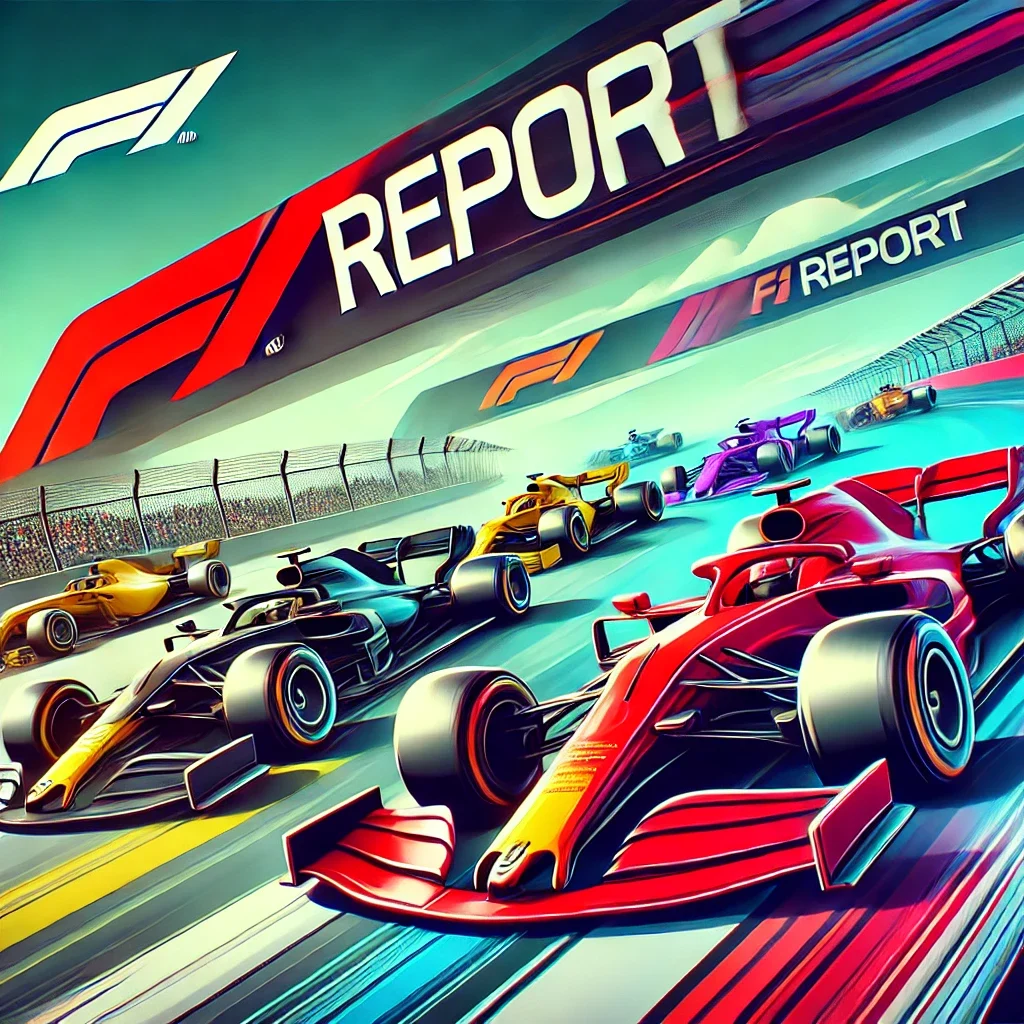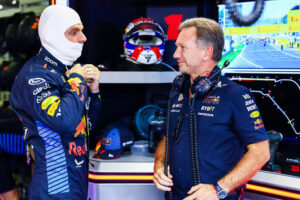BREAKING NEWS: Driver disqualification confirmed as technical infringement uncovered in Azerbaijan…read more

Driver disqualification confirmed as technical infringement uncovered in Azerbaijan…read more
Pierre Gasly, the Alpine driver, has been disqualified from the Azerbaijan Grand Prix qualifying results after a technical infringement was discovered. Gasly initially secured the 13th spot on the grid during the session in Baku, but this position was thrown into jeopardy after his car was found to exceed the permitted fuel flow rate, violating the 2024 Formula One Technical Regulations.
According to the report filed by the FIA technical delegate, Jo Bauer, Gasly’s car surpassed the fuel flow limit set by Article 5.2.3 of the technical regulations. This regulation stipulates that the fuel mass flow must not exceed 100 kilograms per hour (kg/h) at any point during the session. The incident in question occurred at 16:38:54 during Gasly’s final timed lap in Q2.
Bauer submitted the breach to the stewards for consideration. This violation, in theory, could have allowed Gasly’s car to exploit more horsepower from the power unit by burning fuel at a higher rate than permitted. While the infraction did not go unnoticed, the team’s defense rested on the argument that the incident was caused by a technical fault.
The stewards then summoned Alpine representatives, including the team’s sporting director and engineer, to a hearing set for 18:30 local time. Gasly was also summoned but did not attend the hearing in person. In the hearing, Alpine presented their explanation, admitting that their car exceeded the fuel flow limit, but they contended that it was due to a brief and unexpected technical glitch. According to the team, the surge in fuel flow occurred in a transient manner and was not part of their race strategy.
The FIA’s technical staff agreed that the spike was a result of a short-term technical fault, and Alpine claimed that the breach did not result in any performance advantage. In fact, they argued that Gasly’s lap time was actually slower than it would have been without the fault, offering this as mitigation against the breach. The team also emphasized that fuel flow violations are rare, highlighting that they typically maintain a safe margin to avoid such breaches.
Despite the defense presented by Alpine, the stewards were clear in their ruling. Article 1.3.3 of the International Sporting Code states that if a car fails to comply with technical regulations, it is no defense to claim that no performance advantage was gained. The court of appeal has also upheld this position in the past, establishing a precedent that technical regulation breaches must be penalized, regardless of the circumstances or performance outcomes.
Consequently, the stewards handed down the standard penalty for this type of technical infringement: disqualification from the qualifying session. This means that Gasly’s 13th place qualifying position was annulled, and he was removed from the final classification of the session.
However, the stewards granted permission for Gasly to participate in the race. While disqualified from the qualifying results, he will be allowed to start the race from the back of the grid. This decision gives Gasly the opportunity to make a comeback during the main race, despite the setback in qualifying.
Alpine now faces a significant challenge going into the race, as Gasly will have to fight his way from the back of the pack. Though the technical fault was acknowledged as a transient and unintentional error, the penalty demonstrates Formula One’s strict adherence to its technical regulations and the importance of maintaining compliance, regardless of whether or not a performance advantage is gained.
This incident underscores how minor technical issues can have major consequences in the world of Formula One, where the margins for error are razor-thin. For Alpine and Gasly, it will be a race of recovery as they aim to salvage points despite the disqualification from qualifying.




